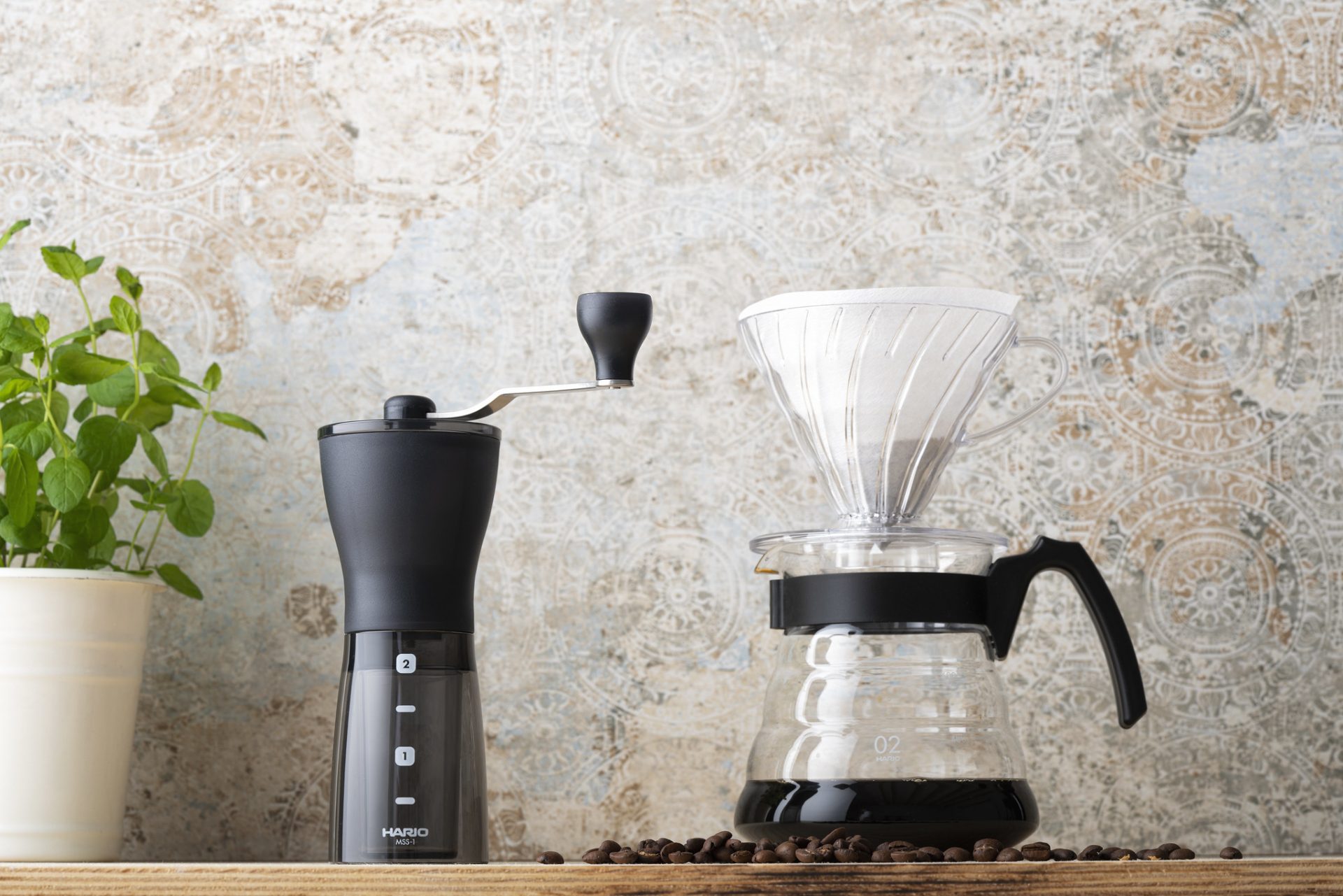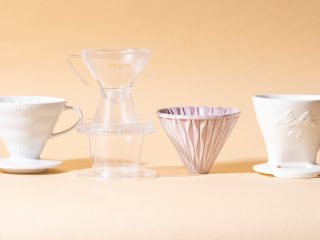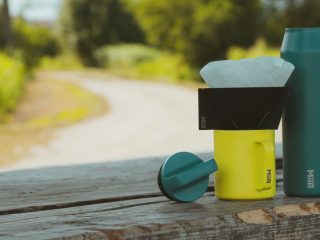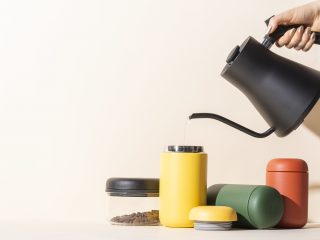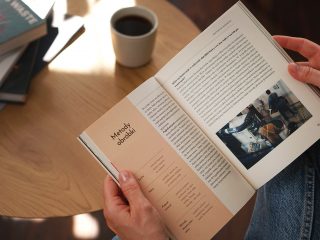No other topic is probably more electrifying among coffee enthusiasts on online groups, blogs and forums than choosing the right coffee grinder. There is a faction that always says “Save up for Comandante”, there are people who think that an electric coffee grinder is the only option. There are also those who are looking for something in-between. And I will say – it depends.
Grinders beyond comparison
An automatic grinder and a manual grinder are difficult to compare. They are both coffee grinding devices, but targeted for different groups of people. One will be perfect for traveling, another for lazy mornings or house parties, when a dozen or so people want coffee. Some will perfectly bring out the nuances of pampered carbonic maceration cups brewed at the perfect temperature of 92.4 degrees Celsius, while the others will make up for precious minutes in the pre-work rush.
So, what should you pay attention to when faced with the following dilemma – an electric grinder or a manual grinder? First of all, pay attention to your own needs, and not to the needs of your online friends. Also, adjust your budget, remembering, however, that regardless of the type of grinder, it is the most important piece in the process of brewing coffee and you won’t regret spending more on it, at the expense of, for example, the V60 dripper material option.
A bit of technique – types of burrs
One thing is certain – a good coffee grinder must have burrs, i.e. two elements, flat or conical, between which the coffee beans fall and are ground. Blade coffee grinders, also known as propeller coffee grinders, won’t grind coffee well. In this type of grinder, the coffee is actually not ground but chopped by rapidly rotating blades. As a result, regardless of the grind settings, the coffee will be ground very unevenly which will unfavorably affect its taste. Some of the small particles will get brewed too quickly, increasing the bitterness, and the large pieces will not have time to give off their aromas.
You can come across two types of burrs in grinders – flat and conical. Since the dawn of coffee history, people have argued about the superiority of one over the other. None of the factions has persuaded me yet. A much more important issue is the burr stabilization, i.e. how well the grinder’s structure is designed, so that the burrs do not move and have no backlash, which translates into even grinding of coffee. The second thing is the material from which the burrs are made. The most common is ceramics and steel. You will find the former in most hand grinders, the latter in some manual and in the majority of the electric ones.
The first type won’t be as well sharpened as steel burrs, but they will provide a good quality of grinding while saving the budget, because they are cheaper to produce.
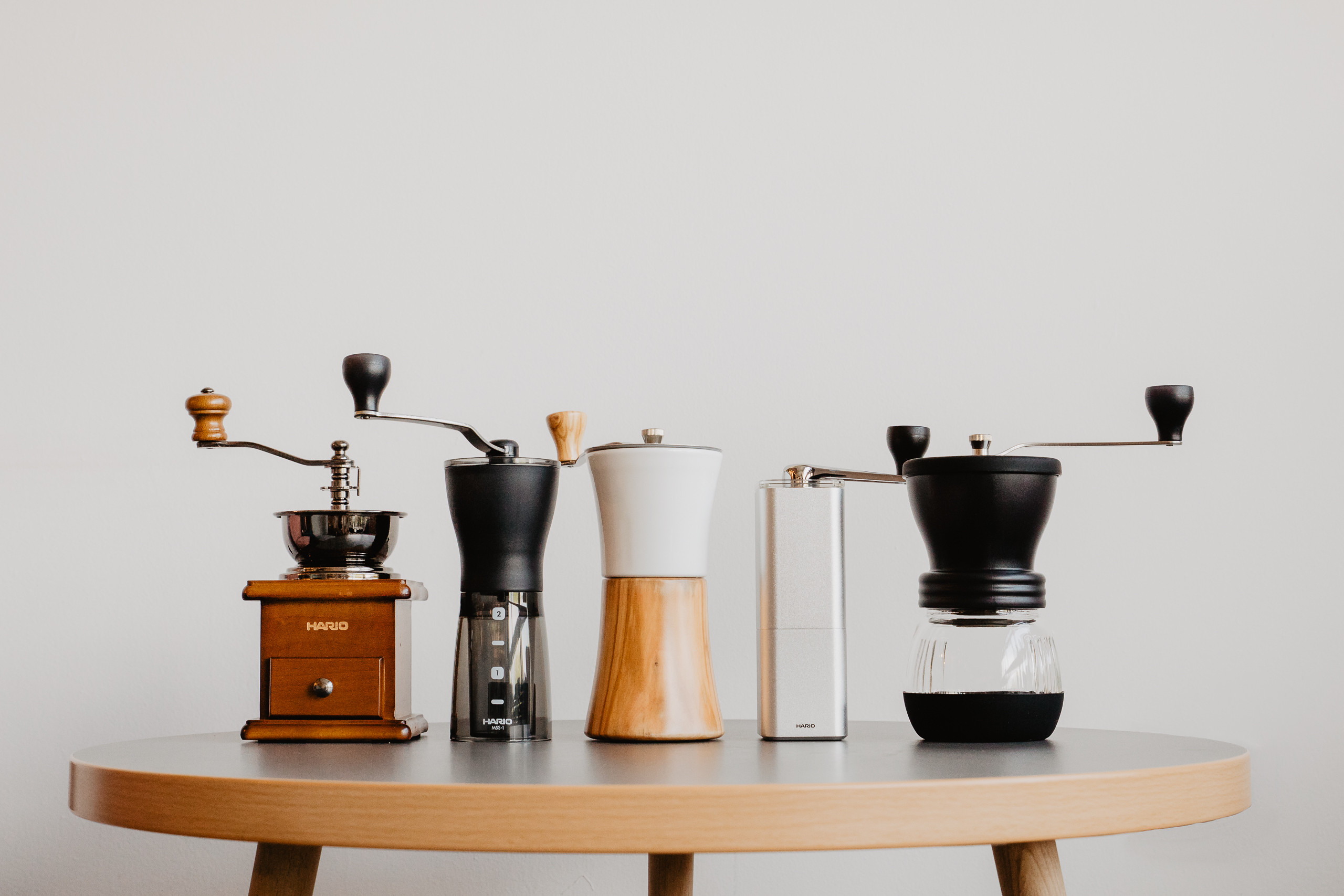
Steel burrs can be much sharper and larger in diameter, they can easily rotate at higher speeds. Thanks to this, they’re a perfect fit for electric grinders. Of course, there are also manual coffee grinders with steel burrs, such as the famous Comandante or Timemore.
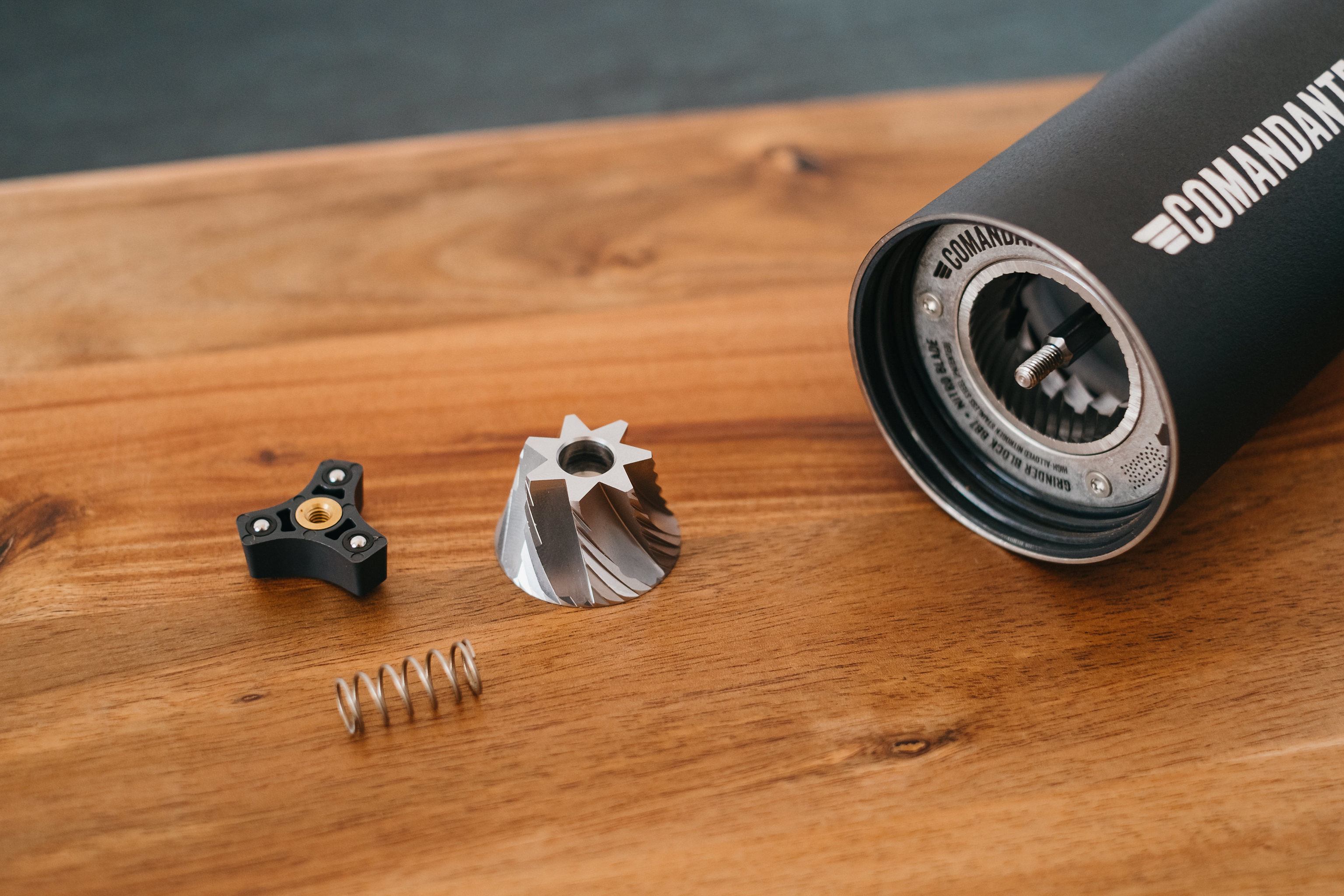
The grinders also differ in the burr size. The larger the diameter, the greater the grinder’s efficiency per second. The finer we grind (for example for espresso), the smaller the distance between the burrs is and the harder the engine (or our hands) must work.
Who is the hand grinder for?
The manual coffee grinder is certainly the most space-saving solution in the kitchen. It fits in the palm of your hand, you can squeeze it into a corner on the table top. You can easily slip it into a backpack or bag.
Also, it doesn’t need electricity, which is important in many situations. In addition, it is light and suitable for pour-over methods and moka pots. It is worse with espresso. Hand grinders, with some minor exceptions, such as the aforementioned Comandante grinder, will not grind the coffee both finely and evenly enough to brew the proper espresso. The construction of the burrs and insufficient stabilization of the entire grinding mechanism prevent it.
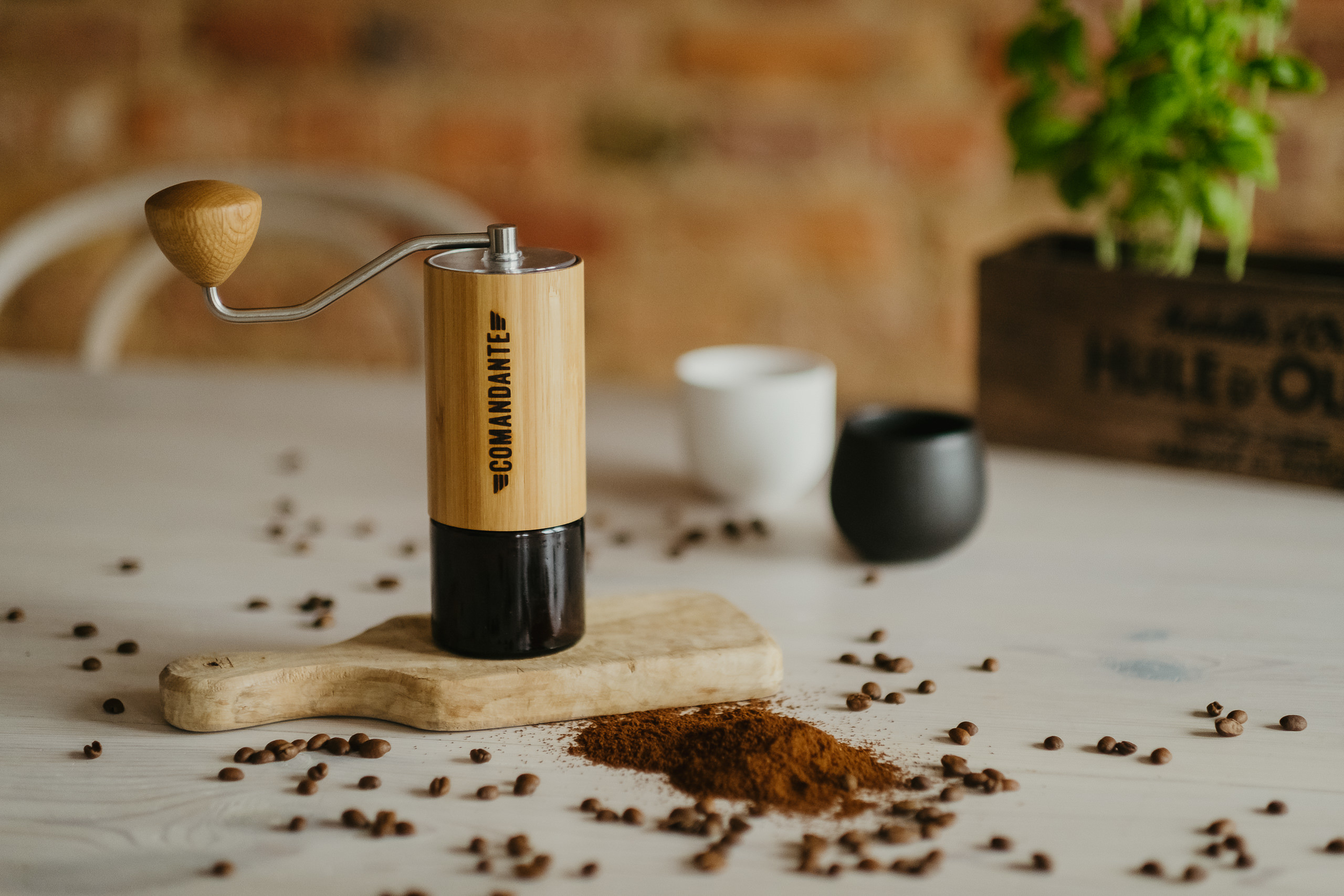
However, for methods that require coarser grinding, handheld devices are a good solution. Especially at the beginning of your coffee adventure. Hand grinders are definitely cheaper than their electric sibling, in most cases. You can buy some models for just over a 40 euro.
When preparing coffee for one or two people, even two or three times a day, grinding coffee with a manual grinder should not cause too much trouble. But there’s some revolving to do, let’s face it.
It’s also a good choice if you want to prepare your own coffee at work. The hand grinder takes up little space in a bag or cabinet and doesn’t require looking for a socket. Everything is done neatly and without drawing attention to yourself (if it’s even possible to prepare coffee with alternative methods without drawing everyone’s attention…).
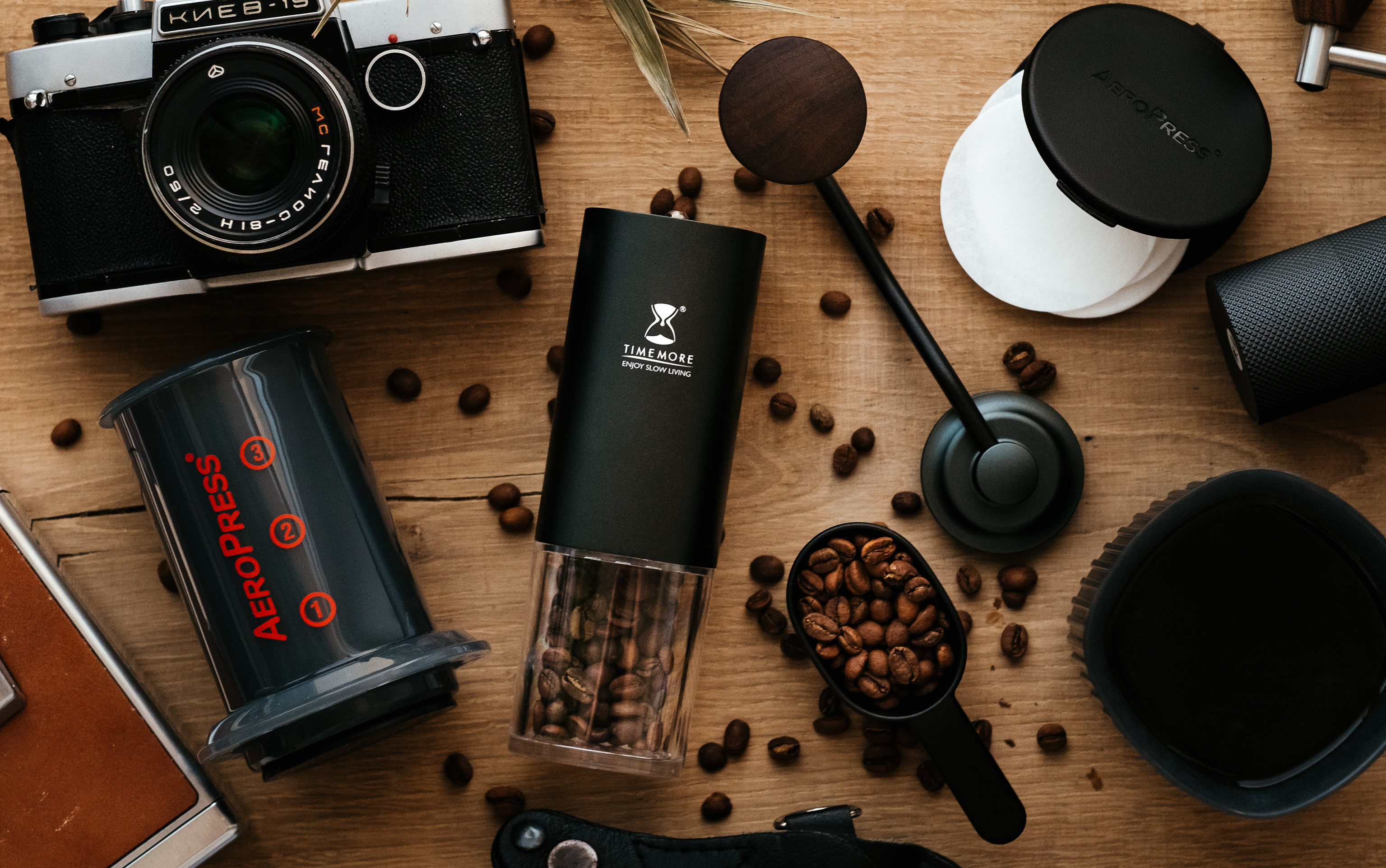
Who is the electric grinder for
As the name suggests, the automatic grinder needs electricity, which limits the possibilities of its use to the privacy of your own kitchen or summer cottage. It takes up much more space on the kitchen counter, even if we are talking about home models – Wilfa Svart, Baratza Encore or Eureka Mignon.
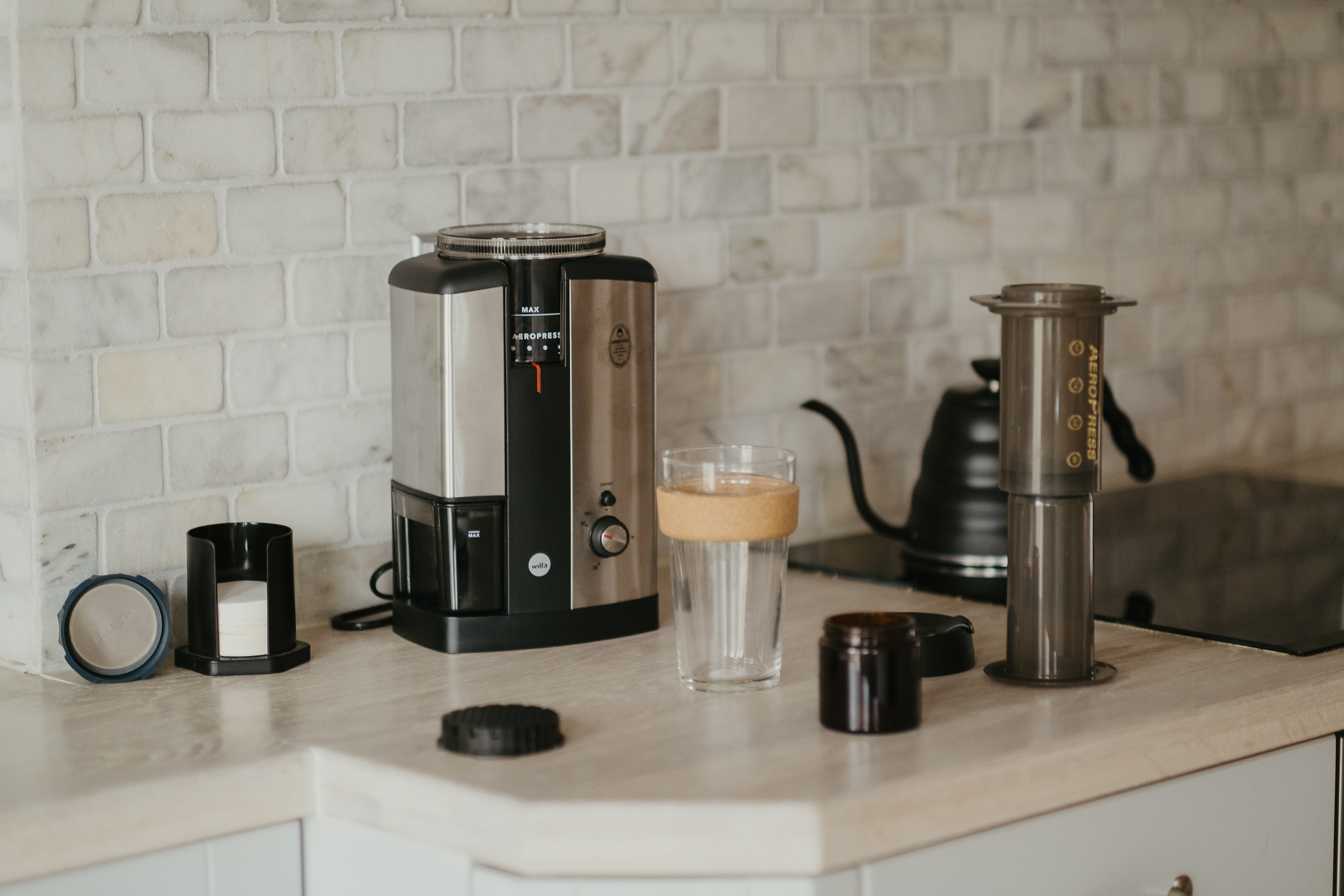
Unfortunately, an electric grinder also costs more. Basic models, such as the aforementioned Wilfa or Baratza, cost from 130 euro upwards. When looking for a model that will work well with an espresso machine, you have to take into account the cost of just over a 350 euro for the Eureka to even several thousand for the legendary Mahlkönig EK 43 grinder.
If you have an electric grinder, you are sure to care about the comfort of use – pour in the coffee beans and the engine does all the work for you in a few seconds. On the other hand, grinding a portion of coffee for an espresso in the manual Comandante can easily take just one minute! Now, think that you have to prepare coffee for six caffeine-thirsty people at your house party, or that your whole family is waiting for coffee in the morning. Then the precious seconds or even minutes can be saved by the electric grinder.
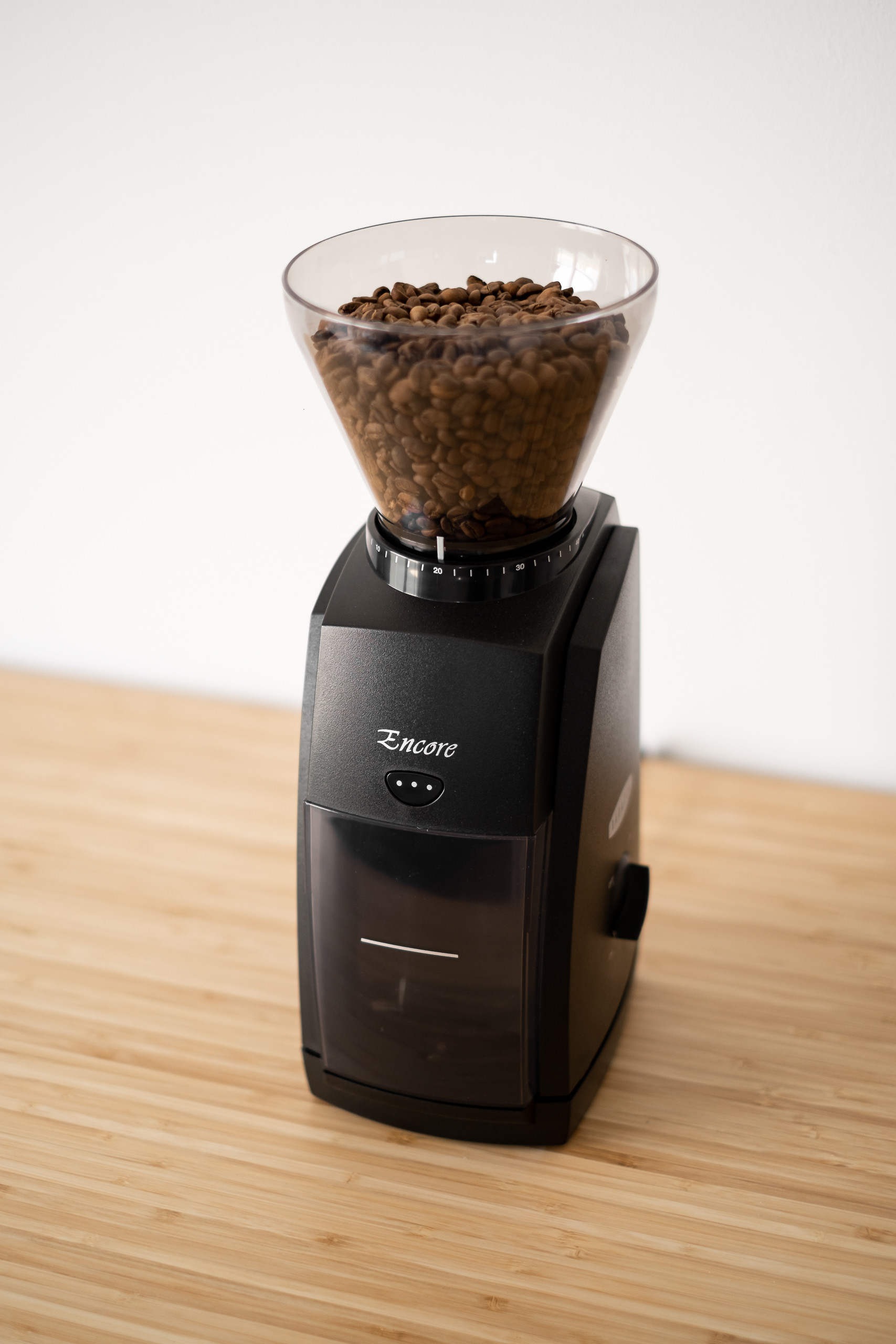
These appliances are very reliable. Most of them, if the progress in our coffee-making skills allows, don’t need to be replaced for many years to come. Regular maintenance is enough. The burr resistance is at least several hundred kilograms of coffee in good models. Besides, there is nothing to break in them. Personally, I had the famous Mazzer Super Jolly for a while, produced before 2000, if I remember correctly. All it needed was a bit of refreshment.
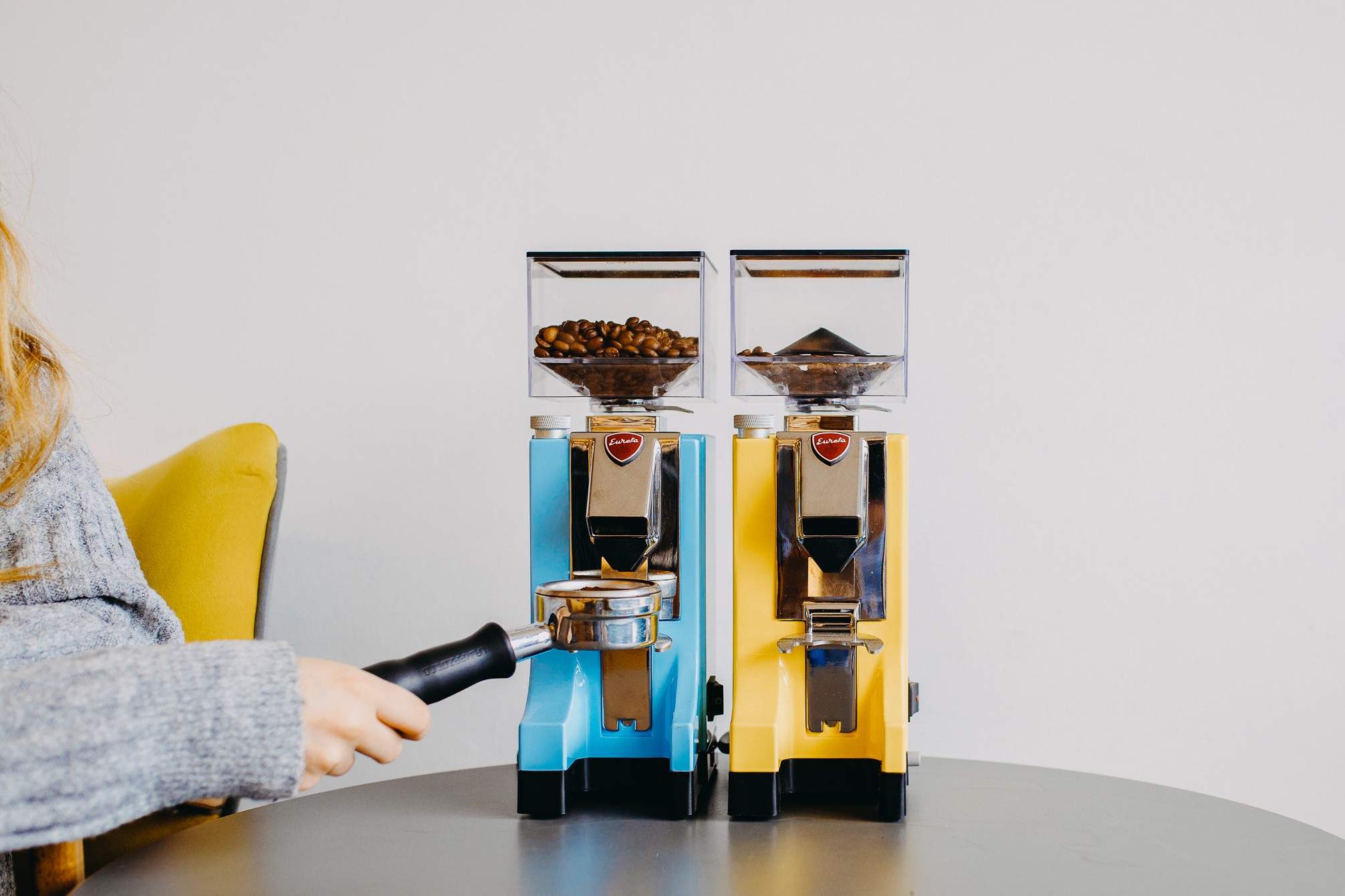
Certainly, such models will be appreciated by the owners of espresso machines with portafilters and generally all lovers of well-brewed espresso. Electric grinders often have a special fork in which you can conveniently place the portafilter and grind the appropriate, electronically set dose. There are more and more models designed for grinding coffee for alternative methods, also with a function of a timer or setting the dose based on a specific weight. These are things that really make life easier and improve performance. Think why there are huge electric grinders in coffee shops? Because they are convenient and fast.
So…
… you need to choose a grinder within your budget, but don’t be afraid to increase this budget as well, because it will really improve the taste of your coffee. Secondly, clearly define your priorities – whether you care about comfort and speed, or about mobility, saving space and money.
These variables will direct you towards the appropriate store shelves!
A lot of valuable information regarding the choice of grinders you can also find here:

